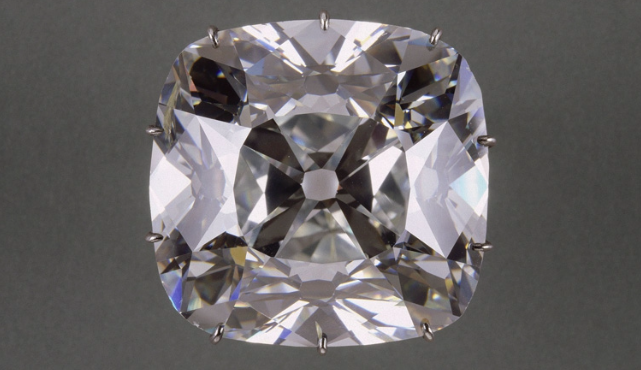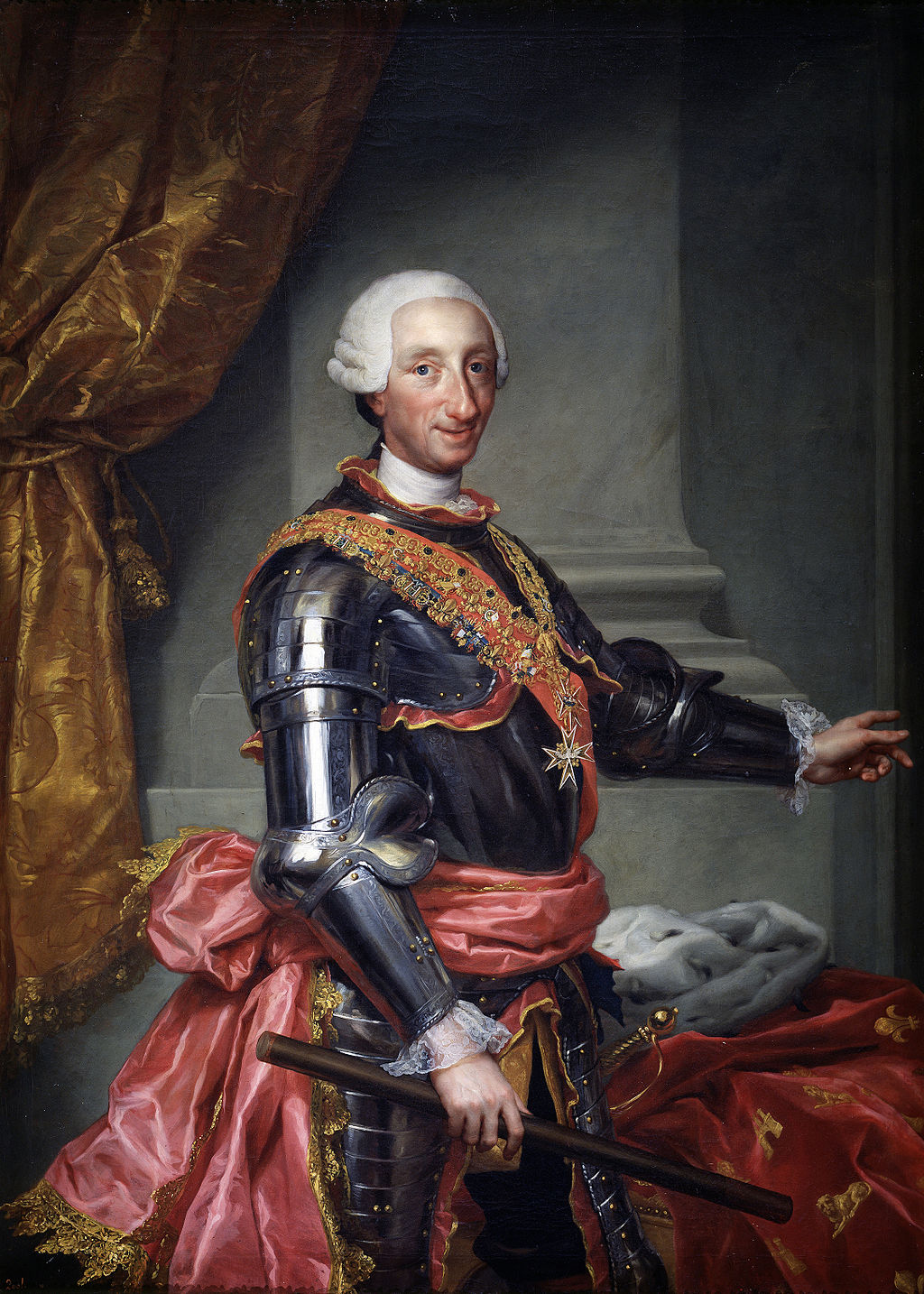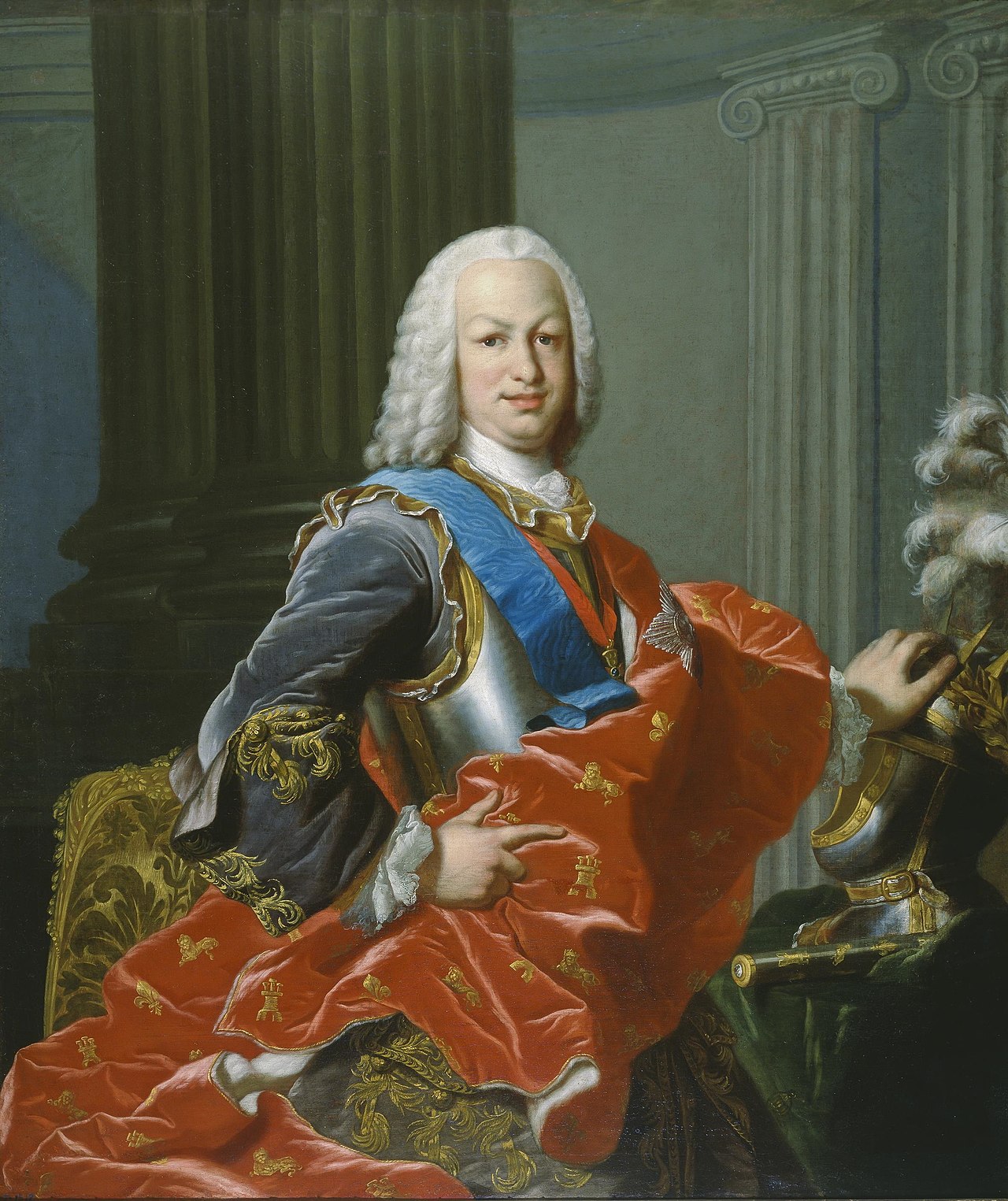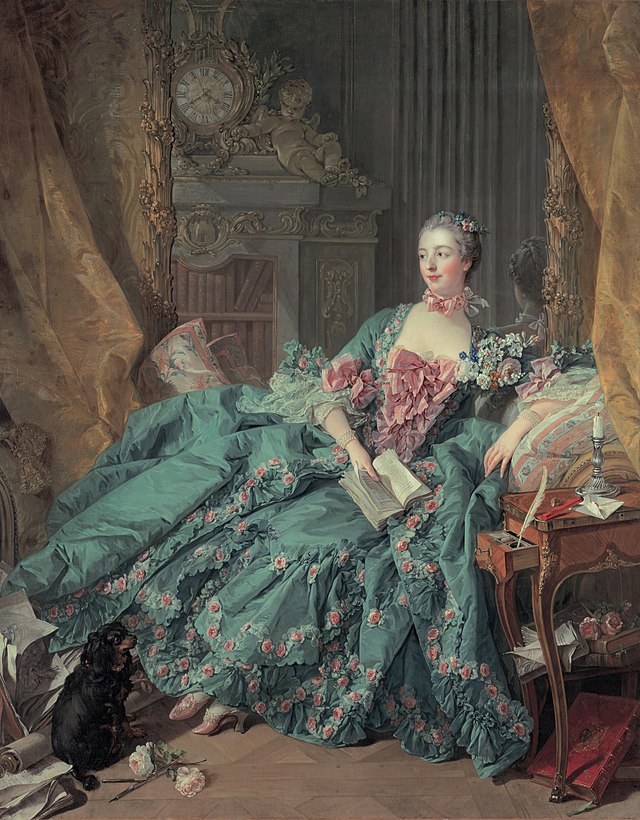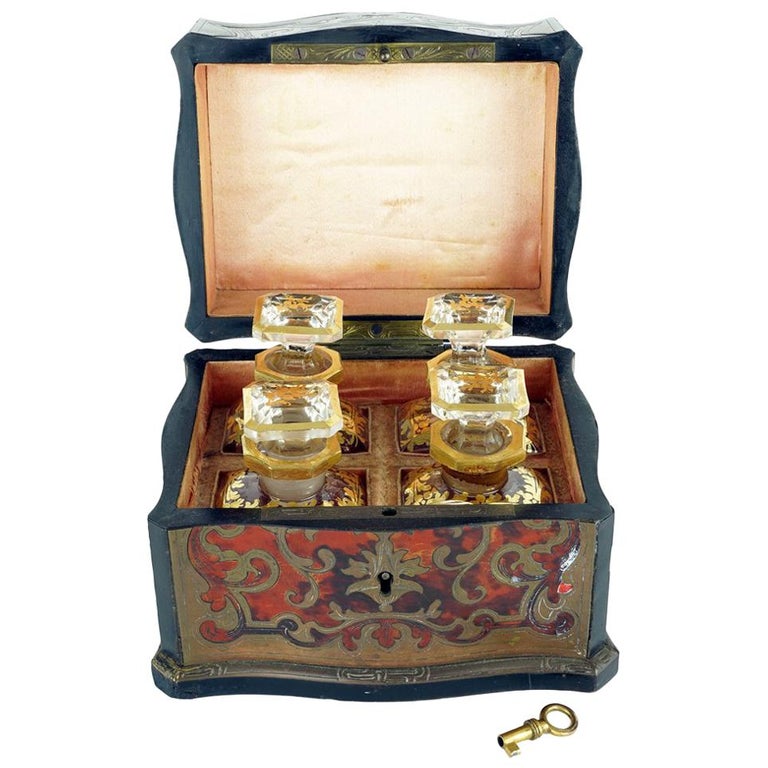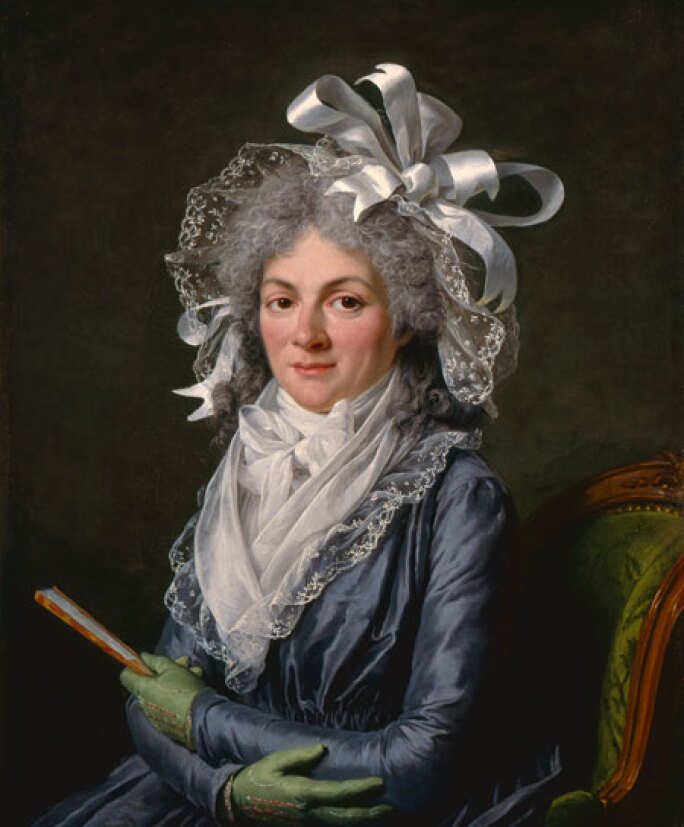The low birth of Jeanne Antoinette de Poissons earned her ridicule at court and it was widely thought that he king was debasing himself through his alliance with her. Nevertheless, the maîtresse-en-titre remained by the king's side. Amongst those who were most set against Jeanne were the king's own children. They formed the faction known as the Dévots (the Devoted Party) due to their piousness.
Understandably, any children would be distraught to see their parent openly engaged in an extra material affair, however, these were different times. Male royalty were not only expected to take a mistress; it was more encouraged that not. Even the Dévots - who advocated faithfulness in marriage - were not that outraged about the infidelity. The problem was that their king and father had taken a fancy to a woman far beneath him in rank.
Initially, the king's children waited - and with good reason. There was no reason to suspect that the lady from the bourgeoisie would entertain the king for long. However, two years passed and the king had not tired of her in the least; on the contrary, Madame de Pompadour was securely installed near the king. By early 1747, the "children" counted Madame Henriette, the Dauphin Louis-Ferdinand and Madame Adélaïde. The remaining princesses were still being raised at Fontevrault and would return the following year.
 |
| Madame de Pompadour |
By this point, the three hatched a plan to rid themselves of Madame de Pompadour. On the one hand, they would take every opportunity to attempt to convince their royal father of the indignity of such a mistress. On the other, they would shun Madame de Pompadour's company and thereby indicate to the court that she was unwelcome.
The Marquis d'Argenson relates that while the queen, Marie Leszczynska, took no active part, she was ready with advice for her children. This advice was in turn provided by the Marquis de Maurepas - a decided enemy of Madame de Pompadour.
Their plan was soon carried out. Jeanne Antoinette shared the calèche which the royal children used during their father's hunt. Such excursions often lasted for several hours - and by agreement, no one spoke a word to Madame de Pompadour. Later, the dauphine, Marie Josèphe, received a customary invitation to the maîtresse's private theatricals in her own little theater. Louis Ferdinand immediately forbade his wife to accept and word was sent to the royal mistress that the dauphine was indisposed.
 |
| Madame Adélaïde |
The king was under equal duress. Suspicious by nature, he was well aware that his liaison with Madame de Pompadour was undignified in the eyes of his contemporaries. Torn between actual affection for her and a sense of royal grandeur, he became even more melancholy. To make the king's situation even worse, his children were not the only ones to pressure him on that point. Even d'Argenson advised him to give up Madame de Pompadour and take a new mistress - an unmarried one who could visit him in private and be housed near the court.
In return, Madame de Pompadour tried her luck with the expression "killing with kindness". She used her influence to do little favours on behalf of especially the king's daughters. Madame Henriette was faced with the prospect of Madame de Tallard - whom she despised - becoming a lady-in-waiting until Madame de Pompadour intervened. La Pompadour even used her sway with the king to further the interests of Madame Adélaïde - her staunchest opponent out of all the king's daughters. It was due to Madame de Pompadour, that Adélaïde was granted a vast suite that connected with the king's own. However, the latter good deed certainly did not go unpunished. Rather than being grateful for the interference, Madame Adélaïde used her increased time with her father to spread further slander.
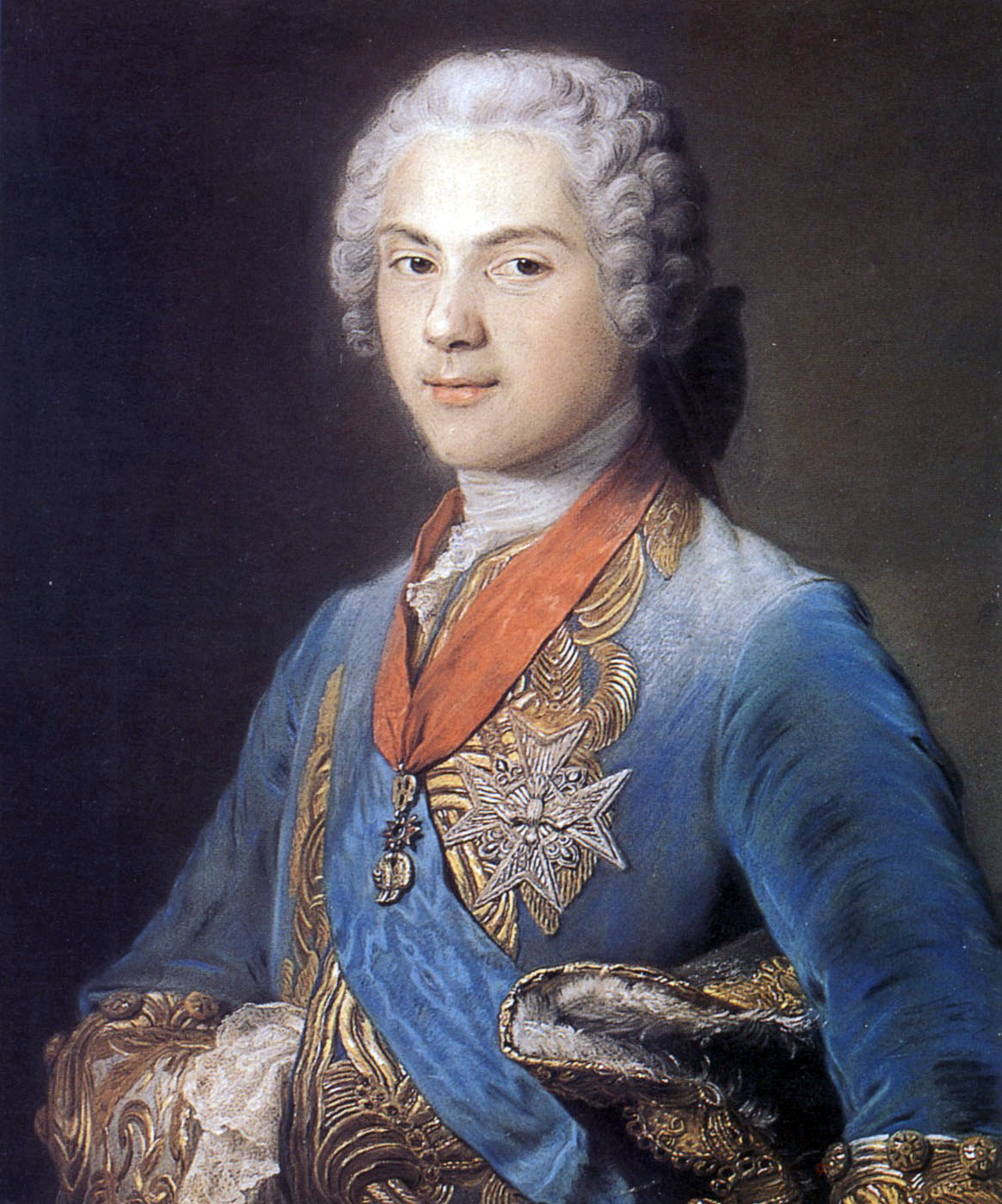 |
| Louis Ferdinand |
In the end, their scheming did not succeed. Before long, it was reported that Madame de Pompadour was "more mistress than ever".
Still, the enmity of particularly the dauphin lingered for years afterwards. When Louis XV was subjected to an assassination attempt by Damiens, it was feared that the king would die. Naturally, people sought out the dauphin who - alongside Madame Adélaïde - made it clear that he would not hesitate to get rid of Madame de Pompadour. It says something of his distaste for her, that he would focus on that in such a situation.




